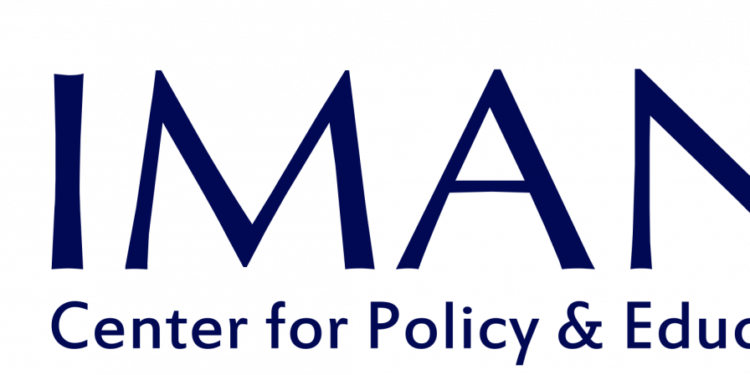Ghana’s economy registered a robust performance in the first quarter of 2025, with a Gross Domestic Product (GDP) growth rate of 5.3%, a significant improvement from what a seasoned analyst considers the lacklustre 3.6% recorded in the final quarter of 2024.
This positive trend, as analysed by the Vice President of IMANI Centre for Policy and Education, Bright Simons, indicates a promising rebound, driven by key sectoral reversals and sustained momentum in specific areas, even after adjusting for seasonal trends.
The analysis offers a nuanced view of the economic landscape, highlighting both strengths and areas requiring strategic attention.
“The improvement from the lackluster 3.6% recorded in Q1 2024 to 5.3% in Q1 2025 stems from a reversal of the decline in the mining and quarrying subsector (-8.2% contraction in Q4, 2024), and a surprising bounce in agric productivity (highest growth since Q4 2021) after the mediocre spell witnessed in the previous quarter.”
Bright Simons
Beyond these reversals, Bright Simons noted that certain sectors continued their strong growth trajectory observed from the second half of 2024 onwards, notably finance and insurance, Information and Communication Technology (ICT), and transport and storage, collectively powering the impressive Q1 uplift.
According to him, this broad-based contribution suggests a more diversified set of economic drivers beginning to take hold.

Industry Sector Mediocre Growth
Despite the encouraging overall non-oil growth story, Bright Simons pointed out a particular area of concern within the industrial category, noting that the “industry” sector recorded a somewhat mediocre 3.4% growth, representing a dip in its recovery curve since the slow post-crisis turnaround that began in Q3 2023.
For Bright Simons, this suggests that while some key subsectors are performing well, the broader industrial base still faces challenges in achieving robust, sustained expansion.
He argued that understanding the underlying factors contributing to this muted performance within the industrial segment will be crucial for policy interventions aimed at comprehensive economic development.
“The final aggregate GDP growth number (5.3%) was somewhat weighed down by weak performance in the oil and gas sector. Globally depressed prices and low production both took their toll.”
Bright Simons
Bright Simons highlighted a significant historical trend: over the last three years, it was only during the post-crisis turnaround period of late 2023 to early 2024 that the oil-inclusive GDP performance managed to outpace non-oil GDP performance.
This underscores the current vulnerability of Ghana’s aggregate economic growth to fluctuations in the global energy market and domestic production challenges within the oil sector.
From a fiscal perspective, Bright Simons noted a particularly encouraging sign for the authorities, stating that the first quarter of 2025 saw the recording of the highest Q1 consumption tax take in nominal terms for nearly a decade.
According to Bright Simons, typically, indirect tax trends are suppressed in the first quarter of the year, making this performance exceptionally positive.
This robust consumption tax revenue could signal stronger consumer spending and improved tax compliance, providing valuable fiscal space for the government.
Conversely, the analysis also captured weaker government spending, which was reflected in a contraction within the public administration sector. This trend suggests a period of fiscal consolidation, though it comes with a noted impact on the public sector’s direct contribution to economic activity.

Mining Sector’s Prospect
A surprising observation from the Q1 data pertains to the mining sector. Analysts had widely expected the mining sector to be a primary driver of growth in the first quarter. However, this expectation did not fully materialise in the Q1 figures.
Bright Simons suggested that the anticipated surge in mining’s contribution is likely a Q2 onwards phenomenon. This delayed impact, he postulated, probably also explains the sharp upswing of the Cedi’s value only from May onwards, despite an earlier observation of an uptick in mining production figures.
This lag between production increases and their full economic reflection, particularly on currency value, provides valuable insight into the dynamics of the Ghanaian market.
The strong performance of the ICT sector, however, should not come as a major surprise, according to Bright Simons.
Policy has been relatively supportive of this sector, with measures such as the cancellation of the e-levy and the practical suspension of some punitive regulatory measures affecting the main telecom companies.
While these policy shifts are undoubtedly beneficial, Bright Simons pointed out that the ICT sector’s performance had already begun ramping up since Q4 2024, predating these specific policy changes.
For Bright Simons, this suggests an underlying dynamism within the ICT sector itself, which policy support has likely amplified.

Looking ahead to the government’s much-anticipated 24-hour economy policy commencing in July, Bright Simons anticipated that its launch will likely be accompanied by a comprehensive information campaign aimed at re-educating the public that the policy encompasses more than just the night economy.
The broader emphasis of the initiative, he clarified, is on developing “production corridors,” such as the Volta basin, and strategically absorbing underutilised manufacturing capacity into new value chains.
However, Bright Simons identified critical policy constraints that could impact the credibility of the 24-hour economy initiative: energy policy and fiscal stability.
For him, ensuring a reliable and affordable energy supply, alongside sound fiscal management, will be paramount for the successful implementation and sustained impact of this ambitious economic strategy.
READ ALSO: Analyst Defends Govt’s Suspension of ‘Dumsor Levy’ Amid Global Oil Shocks























